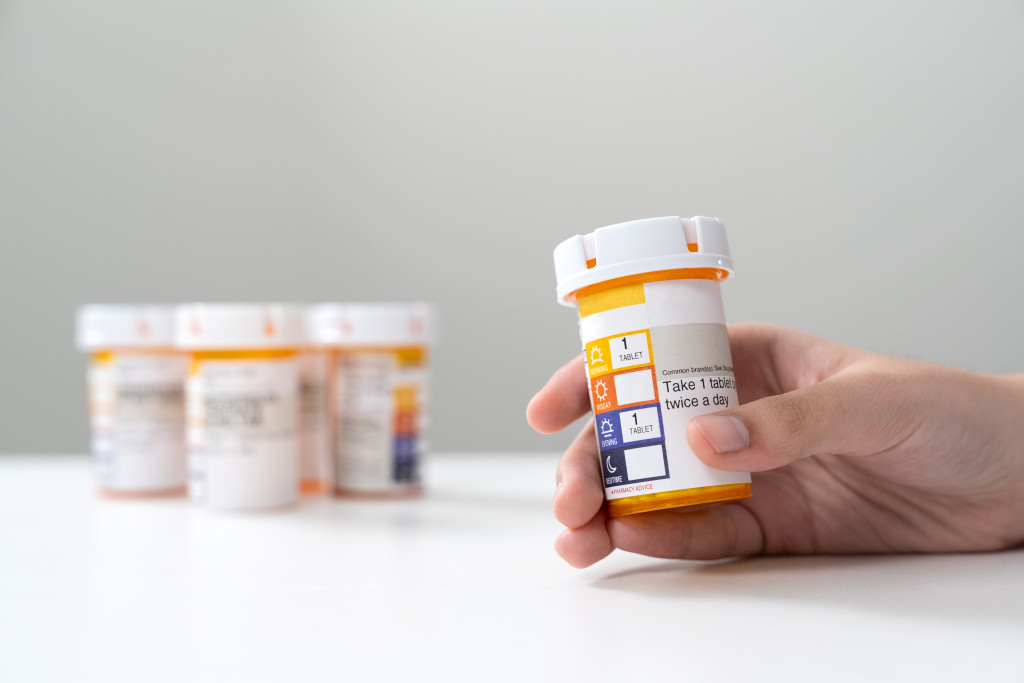Paracetamol overdose
- 21/07/2022
Acute liver failure is loss of liver function that occurs rapidly often in a person with no preexisting liver disease. It’s most commonly caused by viral hepatitis or drugs, such as paracetamol (acetaminophen). Paracetamol is one of the most commonly used oral analgesics and antipyretics. It has an excellent safety profile when administered in proper therapeutic doses. But hepatotoxicity can occur after an overdose or when misused in at-risk populations. According to the Mayo Clinic, taking too much acetaminophen is the most common cause of acute liver failure in the United States. Although acetaminophen toxicity is particularly common in children, adults experience the most part of serious and fatal cases. In a new post, we will discuss several cases of paracetamol overdose found by the DrugCard platform during medical literature monitoring.
A clinical case of poisoning with paracetamol and acetylsalicylic acid
In the journal «Pharmacology and Drug Toxicology» the DrugCard platform found an article describing a case of drug poisoning in a teenager. A 16-year-old girl took 10 g of acetylsalicylic acid (ASA) for suicidal purposes, many other drugs, and 24 g of paracetamol the next day. Upon admission to the hospital, the concentration in the blood of paracetamol was 0.9 g/l, ASA – 0.25 g/l. According to the literature, the potentially lethal dose of paracetamol is more than 150 mg/kg. The dose taken by the patient was 394 mg/kg. After the therapeutic measures, there was a significant decrease in paracetamol concentration to 0.053 g/l and ASA to 0.077 g/l. As a result of the therapy, the maximum withdrawal of drugs from the girl’s body was achieved. This prevented the occurrence of liver and kidney failure. With improvement in her condition, the girl was discharged home.
Discussion of this clinical case
We mentioned this case in our post on special patient populations in pharmacovigilance. But now let’s discuss this case in detail, given the high social significance of a paracetamol overdose. Cases of pediatric poisoning are usually divided into two age groups: preschool children under age 5 and adolescents. Currently, the most common cause is psychoactive drugs, followed by antipyretics, and within this group, paracetamol is the most common. The medical communities are creating different tools to improve drug poisoning care. For example, the new TOXSEUP web app carries information on the 137 drugs that most frequently cause poisoning in children and adolescents. Although the guide is freely accessible and can be used by anyone, the information it provides is strictly medical. It includes data on serum peak, metabolism, the volume of distribution, mechanism of action, toxic effects, the onset of symptoms, toxic dose, lethal dose, decontamination, support treatment, and antidotes.
A clinical case of acute poisoning with paracetamol
The DrugCard platform found an article in «Emergency medicine» describing a case of acute paracetamol-induced hepatitis. The article presents a case of severe poisoning with paracetamol tablets in a 22-year-old woman. Relatives informed that in the evening eve, the woman had swallowed many pills, mainly paracetamol, for suicidal purposes. The woman purchased 110 tablets (200, 350 and 500 mg each) of paracetamol and 10 sleeping pills at the pharmacy. According to approximate estimates, the total dose of paracetamol taken exceeded 250 mg/kg body weight. Biomarkers of the toxic process AST, ALT, GGTP in the blood, PTI and INR indicated acute damage to the liver function. The antidote — ACC (acetylcysteine, NAC — 140 mg/kg/day), sorbents and hepatoprotective drugs were prescribed. After specific therapy, the patient’s condition gradually improved. 16 days of treatment led to the patient’s discharge in satisfactory condition.
Clinical case of accidental paracetamol overdose
In the journal «Reports of Vinnytsia National Medical University» the DrugCard platform found a case of an accidental paracetamol overdose. The woman was hospitalized in the cardiology department due to exacerbation of hypertension. A result of a biochemical study revealed an asymptomatic increase in the level of liver enzymes (ALT 614 uL, AST 663 ul, GGT 166 ul). 10 days before hospitalization, the woman fell ill with acute respiratory viral infection. To reduce symptoms, she took sachets for symptomatic cold treatment, dissolving them in hot water (4 sachets per day). She also took paracetamol tablets (2 tablets at a dose of 500 mg twice). The patient was suspected of toxic liver damage caused by taking paracetamol. After pathogenetic treatment, the level of aminotransferases and GGT decreased. The patient was discharged home in a satisfactory condition.
Discussion of clinical cases of paracetamol overdose
Сases of paracetamol hepatotoxicity can be intentional or unintentional. Intentional overdose of the drug is usually a single use of a super-high dose of paracetamol. It is a common approach to suicide attempts due to its low cost and availability. Clinical cases of acute poisoning with paracetamol are examples of such drug use. Unintentional overdose, common in adults and children, accounts for more than half of all reported cases. It is primarily associated with misuse of therapy and overdosing over a period of time (usually more than 3 days). In addition, in most of the reports, patients used paracetamol-based over-the-counter combination products.
Summary for Clinical Practice and Pharmacovigilance
Paracetamol (acetaminophen) is one of the most common medications found in households. Millions of people worldwide use paracetamol. It is also found in many other over-the-counter medications freely available at pharmacies and in many prescription drugs. However, if taken in excess amounts, paracetamol can cause a life-threatening illness. Factors contributing to unintentional overdose include a lack of consumer awareness regarding the presence of acetaminophen in OTC products, unclear dosing instructions on product labels and the simultaneous ingestion of prescription and nonprescription medications containing acetaminophen. Risk mitigation initiatives have been implemented in various jurisdictions, such as pack size limits and reconfiguration of packs to blister packs. According to a recent Canadian study, modifications to product labels did not reduce the rate of acetaminophen-related harm. Perhaps, in the future, pharmacovigilance will have to implement additional measures to minimize the risk of paracetamol overdose.

- 27/06/2024
- Drug Safety



